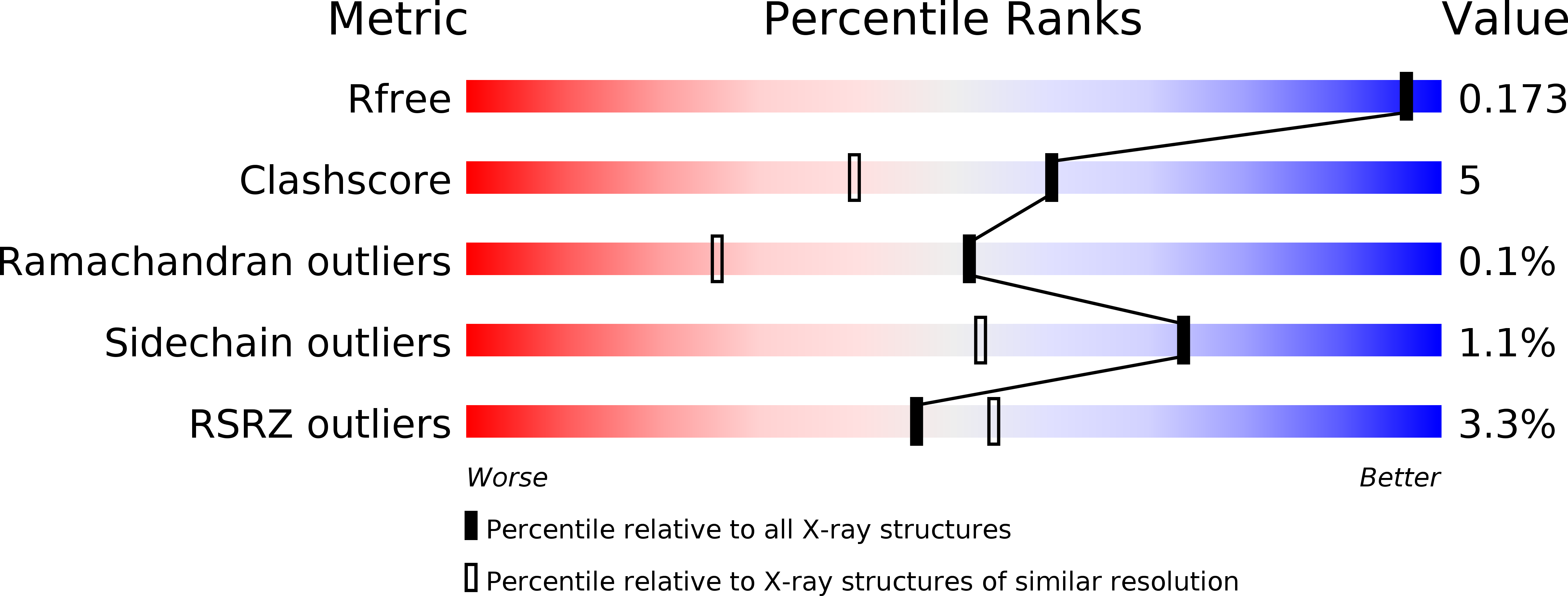
Deposition Date
2011-01-25
Release Date
2011-06-01
Last Version Date
2023-11-01
Entry Detail
PDB ID:
3QGU
Keywords:
Title:
L,L-Diaminopimelate aminotransferase from Chlamydomonas reinhardtii
Biological Source:
Source Organism:
Chlamydomonas reinhardtii (Taxon ID: 3055)
Host Organism:
Method Details:
Experimental Method:
Resolution:
1.55 Å
R-Value Free:
0.17
R-Value Work:
0.12
R-Value Observed:
0.12
Space Group:
P 21 21 21


